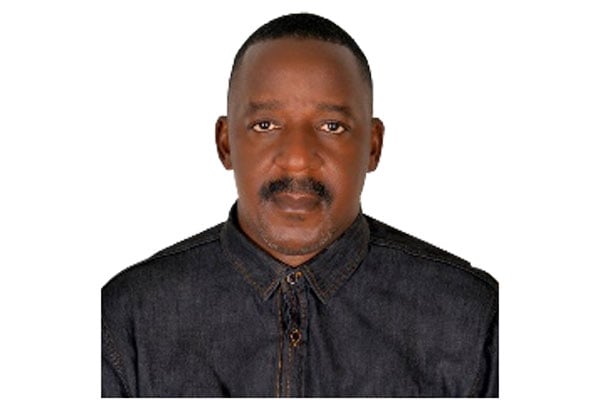Kiteezi tragedy: A failure of systems

Mr Robert Sekadde
What you need to know:
- “While all hazards are natural, disasters are man-made within a complex social system, where simplistic analyses fail to detect latent failures."
On the morning of August 9, news of a garbage slide started making circles on social media, radio stations and other channels. By last Friday, 35 deaths were reported by the Uganda Police Force, but many more are still buried under the debris, some of whom may never be recovered. What is troubling, however, is that in an era where Uganda takes pride in subscribing to the SENDAI Framework for Disaster Risk Reduction (2015-2030), the country still relies on reactive rather than proactive disaster risk reduction practices, procedures, and research.
The post-Kiteezi disaster debates in parliament, provision of tents, accusations and counter accusations among political and technical leaders within Kampala Capital City Authority only demonstrate a simplistic and reductionist approach within a reactive patching paradigm. While all hazards are natural, disasters are manmade within a complex social system in which simplistic analyses do not detect latent failures.
Incubation of the Kiteezi landfill disaster could have began immediately the landfill was selected in 1996. In his book Systems-Thinking for Safety: A Short Introduction to the Theory and Practice of Systems-Thinking- Benett Simons argues that systems-thinking can explain the origins of incidents, accidents, and near-misses—origins that are products of the social, economic, political, and technical-scientific environment.
Through the lens of Actor-Network Theory, the Kiteezi landfill disaster reveals the hallmarks of a systems accident, exacerbated by a divided political environment, indecisive decision-making, poor understanding of hazards, and inadequate risk perception and communication. More crucially, there was a failure to address both latent and active issues within the system.
It is not surprising, conversations prior to the waste slides revolved around how full the landfill was, and the need to relocate, rather than on the risks posed by the waste itself, which had the potential to cause loss of life and property. Blamism, by the various actors is only reductionist, but worst still accusations and counter accusations derail the need to focus on a government instituted inquiry through a systems thinking investigative approach. While the recovery process still unfolds. Disaster risk reduction practitioners note that interactions between humans and the environment make such systems fragile, which leads to system failures and disasters.
Critically dissecting the media reported activities of gas miners, garbage sorters/collectors, waste disposers, among others could also add value to learning from this disaster. Garbage collectors resting shelters at the top and housing units at the bottom of landfill- with no access routes to allow a coordinated response, suggests a poor safety culture within the system, expounded through organised chaos that continues to demonstrate latency in failure to implement policies and procedures.
James Reason, a prominent disaster risk reduction theorist argues that it has now become recognised that people working in complex systems make errors or violate procedures for reasons beyond the scope of individual psychology, which reasons are latent. But how can we learn from the Kiteezi landfill disaster? As we grapple with where to temporarily or permanently depose Kampala City generated garbage, active learning as propounded by Brian Tofts and Simon Reynolds, would help us understand this Kiteezi disaster, relate it to other disasters within the waste disposal industry to shape future waste disposal decisions.
Other open waste disposal slides such as that in Turkey were triggered by a methane explosion, and such possibilities- on Kiteezi had been reported to Kampala City Council in 2008, but were ignored. Nonetheless, as Bennett Simons notes, a thorough systems investigation will help us understand politics of failure and the role of irrational decisions made by politicians, civil servants, and regulators. It also exposes the potential to safeguard against victimisation and, in extremis, miscarriages of justice.
The author, Mr Robert Sekadde is a disaster risk reduction enthusiast (graduate of public health; Risk, Crisis and Disaster Management)




